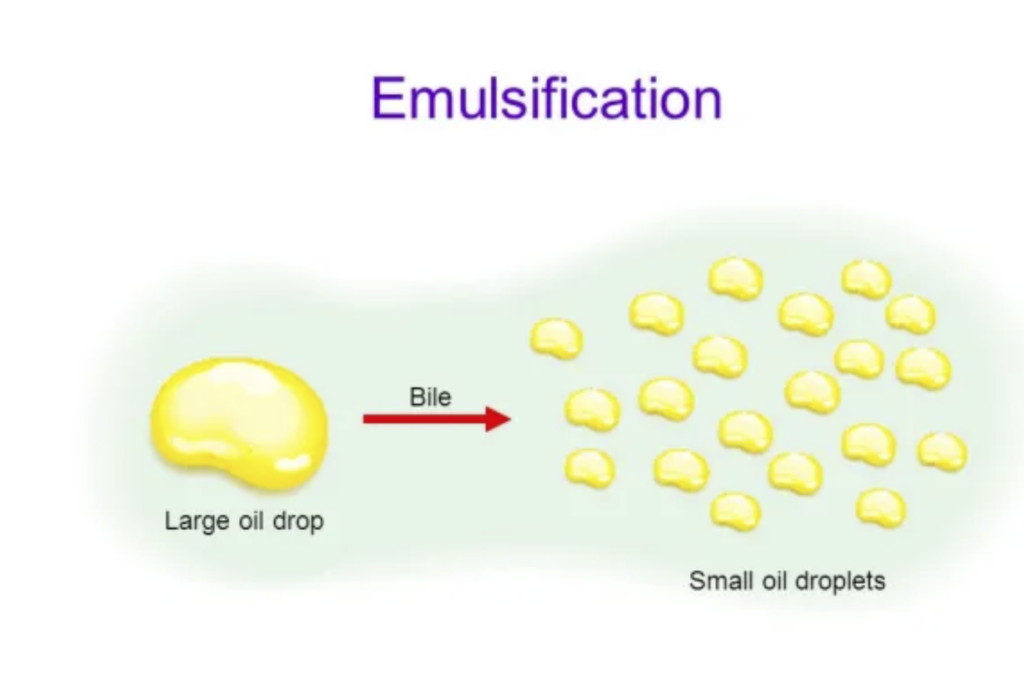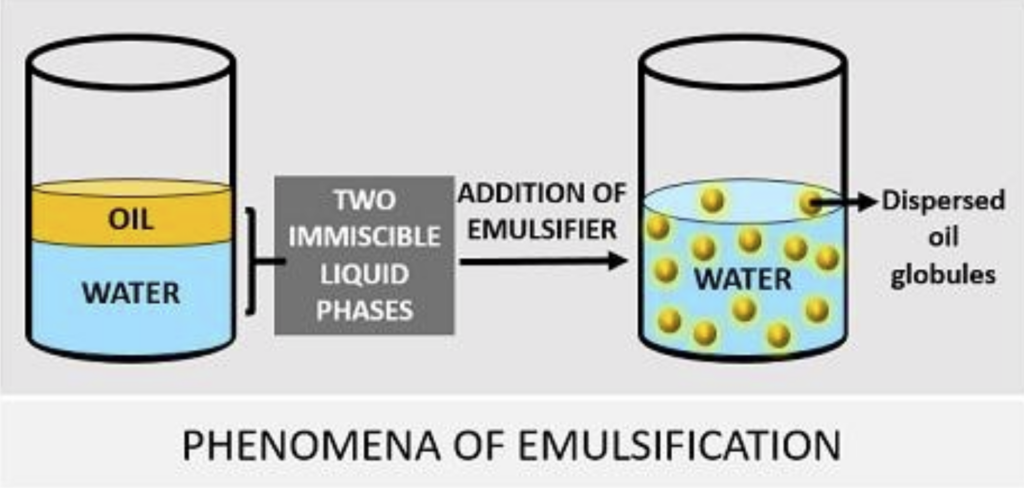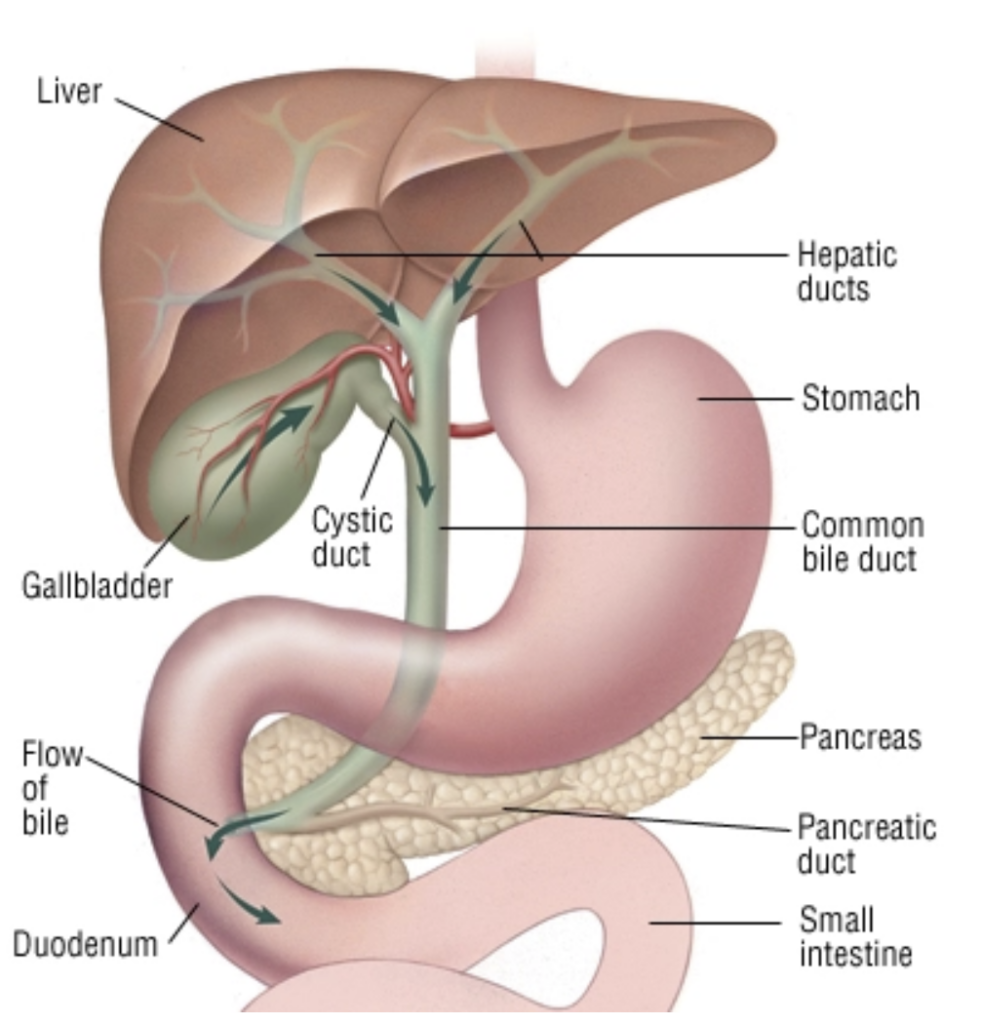What is Emulsification in Biology?
Do you wish to know how fats in the foods you consume are metabolized in your body? This is due to emulsifying process, a fundamental process in biology that helps in digestion and absorption. In biology, if it is not brought about, fats would form large lumps that cannot be broken down by digestive enzymes easily.
But what is among it all and why does it play such an essential role in the life of all living beings? This is a perfect opportunity to explain this process in more detail and focus on the role of bioluminescence in biology.

What is emulsification?
Emulsification is the process by which gross fat globules are divided into fine droplets thus having a larger surface area on which enzymatic action can take place. This process enables the hydrophobic lipids to emulsify or dissolve with a water based environment thus improving digestion and absorption. It is a vital process which is involved in lipid metabolism to facilitate the use of fats in the body.
How Does It Work?
Emulsification in Biology’s systems is usually performed by emulsifying agents, which helps in stabilizing the fat in water. The most popular type of emulsifier in the human body is the bile, which is synthesized in the liver but is stored in the gallbladder. Bile has the components including bile salt and phospholipids that cover the fat droplets so that they cannot merge. This process allows other digestive enzymes such as the lipase to easily digest fats into fatty acids and glycerol respectively.

The Role of emulsification in the Digestive System
Thus, it is possible to consider that one of the most important functions of emulsification in biology is related to digestion. The steps covered to make the report are as follows:
Types of fats – When one takes foods that are rich in fats, the fats at first are in large, water insoluble globules.
Bile Secretion – Gallbladder is responsible for the secretion of bile in the small intestine.
Emulsification by Bile Salt – The bile salts surround the fat particles and cause them to disintegrate into small particles.
Lipase – Lipase, another enzyme secreted by the pancreas, gives these fats globules a further breakdown into forms that can be absorbed.
Absorption – The remaining fatty acids and monoglycerides are passed through the intestinal walls into the blood system.
If there was no Failure in emulsifying process of fats result in lack of nutrients., fats would just remain in the digestive system in their solid states and the body would lack most nutrients.
Why is emulsification Important in biology?
It is important in biology because it is involved in the breaking down of large globules of a substance within a different fluid or in the formation of such globules when a substance dispersed in one fluid is mixed with another. That is why it is necessary for several reasons:
Promotes Action of Enzymes – Since fats are emulsified, they are in close contact with digestive enzymes in order to enhance their action.
Aids Digestion of fats – Chewing increases the surface area of fats to allow the small intestines to absorb the essential nutrients like fatty acids and fat soluble vitamins (A, D, E and K).
Avoids Fat Clumping – Many fats globules in foods are un-emulsified and coagulate forming lumps that cannot be broken or transported in the body.
Supports Cellular Structure – Fats are used for the formation of cell membranes and manufacture of hormones. Efficient Failure in emulsifying process of fats result in lack of nutrients. is important to make sure that the human body is capable of obtaining adequate lipids to perform the above functions.
Biological Examples of emulsification
1. Human Digestion
One of the best examples of it that can be described in biology is a digestion of fats in the human gastrointestinal tract. Without these materials, the body would have difficulty in the absorption of lipids thus the development of malabsorption syndromes.
2. Milk and Dairy Products
Milk is an example of food emulsion; in this case the fat phase is dispersed in the aqueous phase. Casein found in milk assists in the stabilization of the fats through this biological process where the fat particles are broken down and spread out.
3. Blood Plasma
Lipoproteins in the blood aid in the transportation of lipids because the lipids need to be in emulsion to be transported through the aqueous fluid in the circulatory system. These lipoproteins aid in preventing fat deposits on the blood vessels hence reducing the occurrences of cardiovascular diseases.

4. Soap and Detergents in Biological Systems
Although not belonging to the digestive system apparatus, soaps and detergents work by emulsifying grease and oil just like the bile salts do on the fats in the system.
Factors Affecting
Several factors affect the efficiency of emulsification in biology including:
Stabilizing Agents – Bile salts, phospholipids and proteins are some of the agents that assist in stabilizing foods in emulsified systems.
pH – there are pH ranges that are best suited to use in emulsifying agents.
Temperature – This is an important factor that increases the movement of the molecules in order to enhance the process.
Enzyme Availability – Digestive enzymes present in adequate quantity guarantee the breakdown of all fats into tiny particles.
Medical and Industrial Applications
Besides digestion, emulsifying process is used in medicine and industries:
Drug Delivery – Some pharmaceutical drugs are emulsified to enhance their absorption in the body and the degree to which they are available to the body tissues.
Food Industry – In the food industry, it plays a major role especially in manufacturing of mayonnaise, ice cream amongst others.
Cosmetics – such as lotions and creams contain oil in water emulsions, meaning that it is applicable in this case.
Biofuel Production – In the biofuel production process, it is applied to improve the handling of lipid based fuels.
Disorders Related to emulsification Failure
In the case that it does not occur, several problems to health are prone to be realized:
Gallstones – Inability to provide facilitation in it due to blockages that occur in the bile ducts.
Malabsorption of Fat – Failure in emulsifying process of fats result in lack of nutrients.
Cholesterol ingestion – ingestion of cholesterol leads to the formation of gallstones as cholesterol is insoluble in water and is transported in the gallbladder in the form of bile stones.
Liver Disease – Given the fact that it is the liver that produces bile any form of liver disease may hinder emulsifying process.
Further elaboration of Emulsification in Different Organisms
As for people, bile is used for the emulsifying process; the rest of the inhabitants of the world have their tools for it. Lipases may be secreted in fish that are highly active at low temperatures while insects may employ gut microorganisms to help them emulsify their food.
Some plants, within the plant kingdom create compounds similar to the surfactants, these assist in breaking down lipids in the seeds to ensure appropriate utilization of the nutrients during the process of germination. This proves that it is a general feature of the biological world important in supporting life in different forms of existence.
Заключение
Emulsification in biology is a very valuable process that plays an essential role in digesting fats and nutrients therefore making the body to employ fats optimally. From dietary processes to active cellular roles to wide civil uses, it is a fundamental biological process in many instances. Learning about it enables one to understand how the human body and various industries use this process the way it works for certain advantages.
Thus, the optimal emulsifying process is possible to achieve healthy digestion in the body while expanding the multiple realms of science. The next time you indulge in a fatty meal, do not forget the role of it plays in biology! Связаться с нами.
